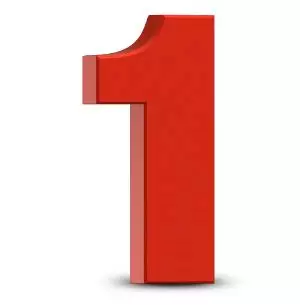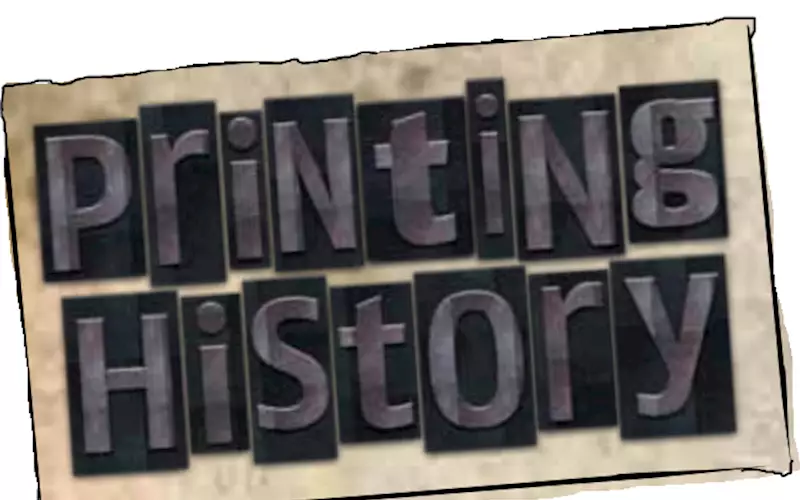10 fun questions about the legends and stalwarts of print
On the eve of Diwali, instead of providing you with your daily fix of news and views, we decided to test your brain power. If you have been reading Murali Ranganathan's erudite column about the history of print in India in PrintWeek India, this should be easy for you.
So put on your thinking cap; and see how much you know about print journalism in Mumbai.
09 Nov 2015 | By PrintWeek India
 To whom does the credit of establishing the first printing press of sorts in Western India go to
To whom does the credit of establishing the first printing press of sorts in Western India go to
Answer: Bhimjee Parrack, who was broker with the East India Company and Henry Hill. The year was 1674.
 Henry Hill’s title was the printer of the Island city of Bombay. He arrived in Bombay with a printing press, types and lots and lots of paper in 1674. Why is this year historically important in Maharashtra?
Henry Hill’s title was the printer of the Island city of Bombay. He arrived in Bombay with a printing press, types and lots and lots of paper in 1674. Why is this year historically important in Maharashtra? In the 17th century when a contract was inked, how much was the printer paid?
In the 17th century when a contract was inked, how much was the printer paid?
 For more than 120 years after this there was no journalistic activity in Bombay. So what was the first publication to be printed in Bombay?
For more than 120 years after this there was no journalistic activity in Bombay. So what was the first publication to be printed in Bombay?
Answer: It was the Calendar For The Year of Our Lord. Printed in 1780 by Rustom Carsetjee in the Buzaar.
 On 29 January (a Saturday) 1780, Indian journalism was born. How so?
On 29 January (a Saturday) 1780, Indian journalism was born. How so? In 1789, nine years after Kolkata ... Bombay saw its first newspaper the Bombay Herald which like the Bengal Gazette did NOT survive for more than one year. Immediately after the Bombay Herald was launched the second newspaper which thrived for 50 years? Which paper was it?
In 1789, nine years after Kolkata ... Bombay saw its first newspaper the Bombay Herald which like the Bengal Gazette did NOT survive for more than one year. Immediately after the Bombay Herald was launched the second newspaper which thrived for 50 years? Which paper was it? By 1839, BOMBAY had three English newspapers ... Bombay Gazette, the Bombay Courier and the Bombay Times. In the next 12 months many of Bombay’s top journalists died. How so? It was not due to the war, it was not due to government repression, it was not due to booze.
By 1839, BOMBAY had three English newspapers ... Bombay Gazette, the Bombay Courier and the Bombay Times. In the next 12 months many of Bombay’s top journalists died. How so? It was not due to the war, it was not due to government repression, it was not due to booze. What happened on18 May 1961?
What happened on18 May 1961?Answer: The Times of India was “officially” formed. The Times of India was an amalgamation of three newspapers: The Bombay Times, The Bombay Standard and The Bombay Telegraph and Courier. An interesting trivia: On 18 May 1861, Mumbai was officially accepted as the commercial capital of India. And therefore The Times of India was accorded the status of a national newspaper.
Trivia: The original address of which famous Bombay paper was located in the Maneckji Petit building (near the end of Colaba Causeway) ... From there they shifted to Rutherford Street ... Then to Military Square in Fort ... Then to Bell Lane, Meadow Street (known in 1905 as Fort Chapel; and then to 2, Churchgate Street ... and then to a red building called the Messrs Kemp & Co at the south end of Parsee Bazaar Street. In 1898, its offices were once again shifted to a building opposite the Cathedral which was its penultimate destination. ... Name this legendary newspaper?
Answer: The Times of India.
 Some of us know the Horniman Garden, opposite the Asiatic Society? Who was Horniman?
Some of us know the Horniman Garden, opposite the Asiatic Society? Who was Horniman? This man is as the architect of modern Bombay for his contribution to institutions in the city: The Grant Medical College and the Bhau Daji Museum. What’s his fame to claim in journalism?
This man is as the architect of modern Bombay for his contribution to institutions in the city: The Grant Medical College and the Bhau Daji Museum. What’s his fame to claim in journalism?














 See All
See All